Spotclen Plus | Cream | 10 gm | 1 pcs
৳ 80.00
Brand Name: Spotclen Cream
Generic: Hydroquinone + Octyldimethyl P-aminobenzoate + Dioxybenzone + Oxybenzone
Manufacturer: Incepta Pharmaceuticals Ltd.
10 gm tube: ৳ 80.00
Composition
Each gram cream cream contains-
- Hydroquinone: 40 mg
- Octyldimethyl P-aminobenzoate: 80 mg
- Dioxybenzone: 30 mg
- Oxybenzone: 20 mg
Indications
Hydroquinone is indicated –
- For the gradual bleaching of hyperpigmented skin conditions such as chloasma, melasma, freckles, senile lentigines and other unwanted areas of melanin hyperpigmentation.
- To reduce hyperpigmentation caused by photosensitization associated with inflammation or with the use of certain cosmetics.
Therapeutic Class
Pharmacology
Hydroquinone is a topical depigmentating agent used in hyperpigmentation conditions by suppressing melanocyte metabolic processes. It also increases melanin excretion from melanocytes and prevents its production.
Octyldimethyl P-aminobenzoate is used topically as a sunscreen. It is used to prevent sunburn, but unlikely to prevent drug-related or other photosensitivity reactions associated with UVA light.
Dioxybenzone (benzophenone-8) is an organic compound used in sunscreen to block UVB and short-wave UVA (ultraviolet) rays. It is a derivative of benzophenone. It is a yellow powder with a melting point of 68 °C. It is insoluble in water, but moderately soluble in ethanol and isopropanol.
Oxybenzone: Although benzophenones are primarily UV-B absorbers, oxybenzone absorbs well through UV-A II. Oxybenzone can be considered a broad-spectrum absorber. It significantly augments UV-B protection when used in a given formula.
Dosage & Administration
Adult: This cream should be applied to the affected area and rubbed in well twice daily or as directed by a physician. Most discolorations begin to lighten after 3 or 4 weeks of treatment but it may take longer. After desired bleaching, use only as needed to maintain results of treatment. After reduction of hyperpigmentation, use of sunscreen agents and/or protective clothing should continue on bleached skin to prevent repigmentation.
Children: Safety and efficacy in paediatric patients below the age of 12 years have not been established.
Interaction
Contraindications
Side Effects
Pregnancy & Lactation
Pregnancy Category-C. It is not known whether this cream can cause fetal harm when used topically on a pregnant woman or affect reproductive capacity. It is not known to what degree, if any, topical hydroquinone is absorbed systemically. Topical hydroquinone should be used in pregnant woman only when clearly indicated.
Lactation: It is not known whether topical hydroquinone is absorbed or excreted in human milk. Caution is advised when topical hydroquinone is used by a nursing mother.
Precautions & Warnings
Test for skin sensitivity before using by applying a small amount to an unbroken patch of skin to check in 24 hours. Minor redness is not a contraindication, but where there is itching or vesicle formation or excessive inflammatory response, further treatment is not advised. If no bleaching or lightening effect is noted after 2 months of treatment, the medication should be discontinued.Contact with the eyes and lips should be avoided. Hydroquinone should not be applied to cut or abraded skin. Avoid contact with eyes and on abraded or sunburnt skin.
Avoid unnecessary exposure to sunlight. Limit application to area no larger than face and neck or hands and arms. Not advised to use when itching, vesicle formation, or excessive inflammation occurs. Discontinue application if there is no improvement after 2 mth of treatment.
| Generic Name | Hydroquinone + Octyldimethyl P-aminobenzoate + Dioxybenzone + Oxybenzone |
|---|---|
| tube: | 10 gm |
Only logged in customers who have purchased this product may leave a review.



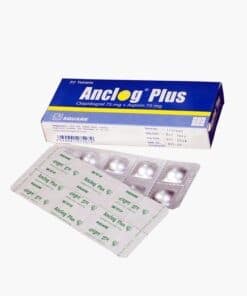

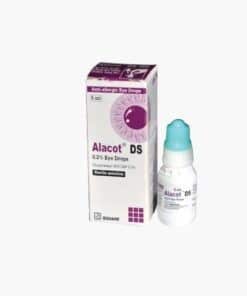
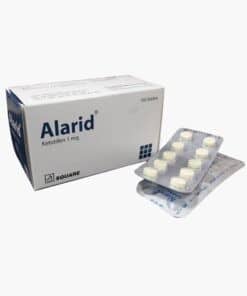
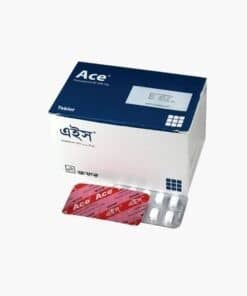
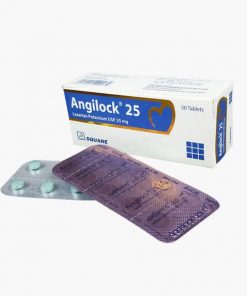
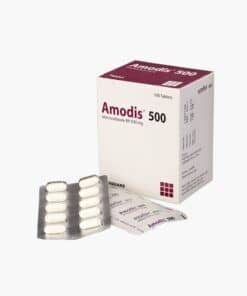
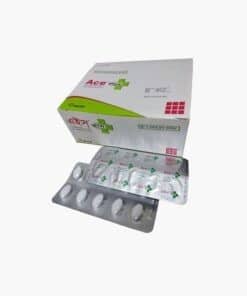
Reviews
There are no reviews yet.